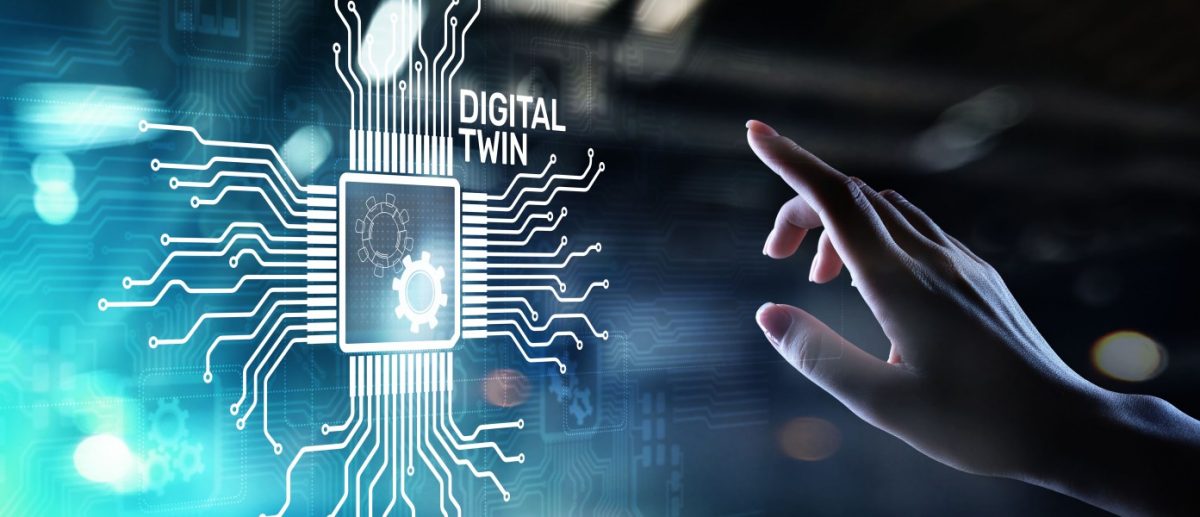By Bernard Marr
A digital twin is a digital copy of an actual physical product, process, or ecosystem that can be used to run virtual simulations, using data to update and change the digital copy to reflect any changes in the real world.
The idea behind a digital twin is to let us see what might happen if we were to make certain adjustments in real life. These adjustments can be trialed on the digital twin without having to test potentially expensive changes on the real-world counterpart.
Although the term “digital twin” was first coined in 2002, the concept itself goes back further. NASA pioneered this idea of working with digital models of real-world systems during its Apollo missions. Being able to create accurate simulations, based on real-world data, played a significant role in helping NASA bring its astronauts safely back to Earth following equipment failure on Apollo 13.
As you can probably imagine, this ability to simulate and tweak without having to disrupt the real-world environment has made digital twin technology enormously popular in manufacturing settings. In Industry 4.0, digital twins are part of a perfect storm of technology, encompassing the Internet of Things, robotics, AI, and automation. Yet, the appeal of digital twins is set to expand far beyond the manufacturing sector. In fact, research by analysts MarketsAndMarkets indicates that the digital twin market is expected to grow from $3.8 billion in 2019 to $35.8 billion by 2025, with some of the largest adopters being healthcare and defense.
With that in mind, let’s look beyond the manufacturing environment to discover how organizations are successfully deploying digital twin technology in new and surprising ways.
1. The energy sector. GE has used digital twin technology to create what it calls a Digital Wind Farm, a cloud-based model of a wind farm. As GE’s general manager for wind products, Keith Longtin, puts it, “Every wind farm has a unique profile, like DNA or a fingerprint. We thought if we could capture data from the machines about how they interact with the landscape and the wind, we could build a digital twin for each wind farm inside a computer, use it to design the most efficient turbine for each pad on the farm, and then keep optimizing the whole thing.” What this means in practice is, thanks to digital twin technology, engineers can mix and match different turbine configurations according to the conditions on the wind farm. Then, once the wind turbine is installed, the digital twin model can collect and analyze data from the real-life version and suggest ways to make it even more efficient.
2. Hospitality. Digital twin technology can be used to simulate real-life events and situations, and this could play a major role in the hospitality industry in future. As an example, CKE Restaurants Holdings has been using digital twin technology to increase productivity in its Carl’s Jr and Hardee’s restaurants. Restaurant floors and kitchens were digitized, allowing the company to test different configurations that would help to reduce employee traffic and improve the environment for customers.
3. City management. If you can have a digital twin of a wind farm or restaurant, why not an entire city? Digital twin technology helps city planners understand and improve factors like energy consumption. There’s already a digital twin of Singapore, and we can expect other cities to follow suit in future.
4. Retail environments. The digital twin is still a relatively new concept in retail, but it could prove very valuable, particularly when it comes to modeling customer behavior in stores. Analytics company Pygmalios is highlighting digital twin technology as part of what it calls Retail 4.0 – an approach that gathers granular, real-time data from physical retail environments and uses that data to improve awareness of customer activity and behavior.
5. Healthcare. Just as you can create a digital representation of any physical item or environment, it should also be possible to create a “digital patient” – a digital model of a human body that represents various measurements of the body, providing a personalized model of a patient over their lifetime. That’s the ultimate vision of health technology company Philips. The idea of a complete digital patient is still some way off, but digital twin technology is already being applied to one particular part of the body and showing great promise. Philips has created a clinical application called HeartModel, which creates a personalized 3D view of a patient’s heart based on 2D ultrasound images. As Philips sees it, one day a virtual heart could save your real one.
Digital twin technology is just one of 25 technology trends that I believe will transform our society. Read more about these key trends – including plenty of real-world examples – in my new book, Tech Trends in Practice: The 25 Technologies That Are Driving The 4th Industrial Revolution.
